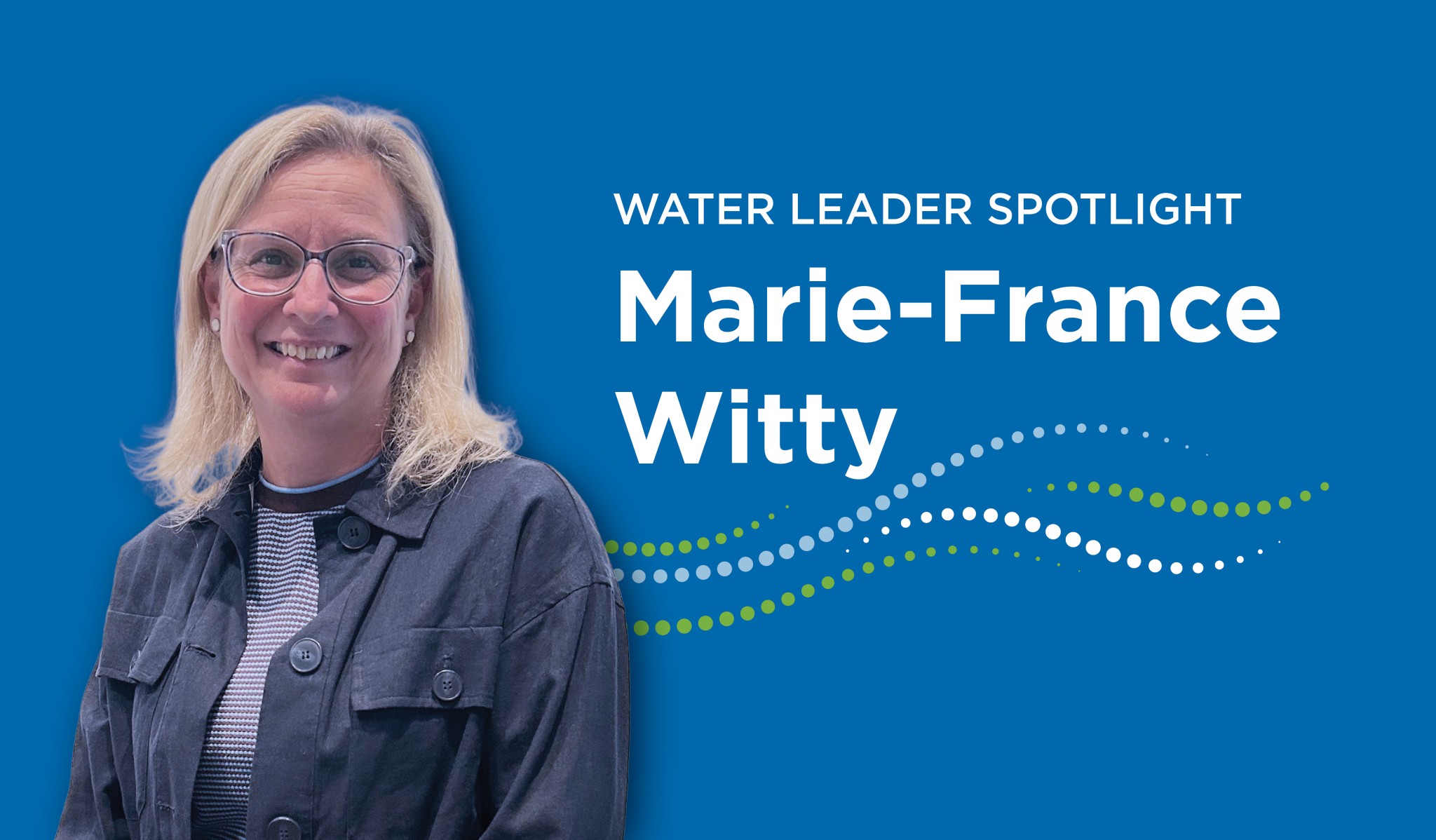Fostering equity and affordability: Innovations in customer assistance and rate design

High inflation, supply chain disruptions and increased interest rates are contributing to the rising costs of delivering water services. Our aging water infrastructure, coupled with ongoing growth and development, necessitates significant investment in infrastructure upgrades.
Despite water being relatively underpriced, it remains a costly necessity, especially for low-income, senior and disabled Canadians. Water utilities face the tremendous challenge of recovering costs while enhancing equity and affordability for their customers.
Canadian Water Network (CWN) is at the forefront of facilitating dialogues and knowledge exchange on this critical issue. On May 28, CWN, in collaboration with Stantec, hosted a webinar focused on customer assistance programs (CAP) and rate design. This was followed by the affordability strategic sharing group’s annual check-in meeting for members.
Webinar highlights
Carol Malesky, principal of financial services at Stantec, offered insights into a customer assistance program framework, effective rate designs across Canadian communities, and examples of successful U.S. CAPs. The webinar is available for viewing on CWN’s website.
Carol started the webinar by outlining Stantec’s CAP framework, which guides municipalities and utilities through essential steps to establish and monitor a CAP.
- Assess needs: Review customer characteristics, demographics, service area demographics and calculate affordability metrics.
- Identify objectives: Control program costs, address emergency needs and ensure essential water use affordability for all customers.
- Identify components: Determine key features like rate design and low-income senior discounts.
- Design requirements: Establish enrollment levels, staffing, partnerships, customer qualification and marketing needs.
- CAP implementation: Consider administration options, eligibility and program costs.
- Confirm alignment: Review design, enrollment, implementation, staffing and budget implications.
- Continuous improvement through monitoring: Use key performance indicators (KPIs), program reporting and business case evaluations.
Following this, Carol presented a case study that showed how the Northeast Ohio Regional Sewer District’s CAP has enhanced affordability for its customers. These CAPs include bill discounts for homeowners above a certain age and affordability discounts for homeowners and renters at 250 percent below the U.S. federal poverty level.
Carol also highlighted Detroit Water and Sewerage Department’s successful introduction of a lifeline plan that features a lifeline rate, water shutoff protection, past due balance forgiveness and plumbing repair support.
In addition, Carol discussed the fundamental elements of affordable rate design. She emphasized the need to recover service costs, distribute costs equitably and convey the value of water through usage costs. Carol also discussed incorporating affordability metrics to assess alternatives and their impact on typical customer bills.
Affordability strategic sharing group annual check-in meeting
At the affordability strategic sharing group’s annual check-in meeting, members reflected on Carol’s insights, shared updates, and identified next steps to promote affordability and equity within their organizations. They recognized the need to:
- Increase cross-departmental data sharing and accessibility.
- Determine accurate affordability metrics.
- Address customer responsibility, such as leaks.
- Focus on supporting low-income renters.
- Improve accessibility of assistance programs.
- Equitably recover rates for capital infrastructure projects.
- Support multi-generational customers.
CWN remains committed to facilitating discussions on this important topic. For more information about the affordability strategic sharing group, please contact Katina Tam at [email protected].

















